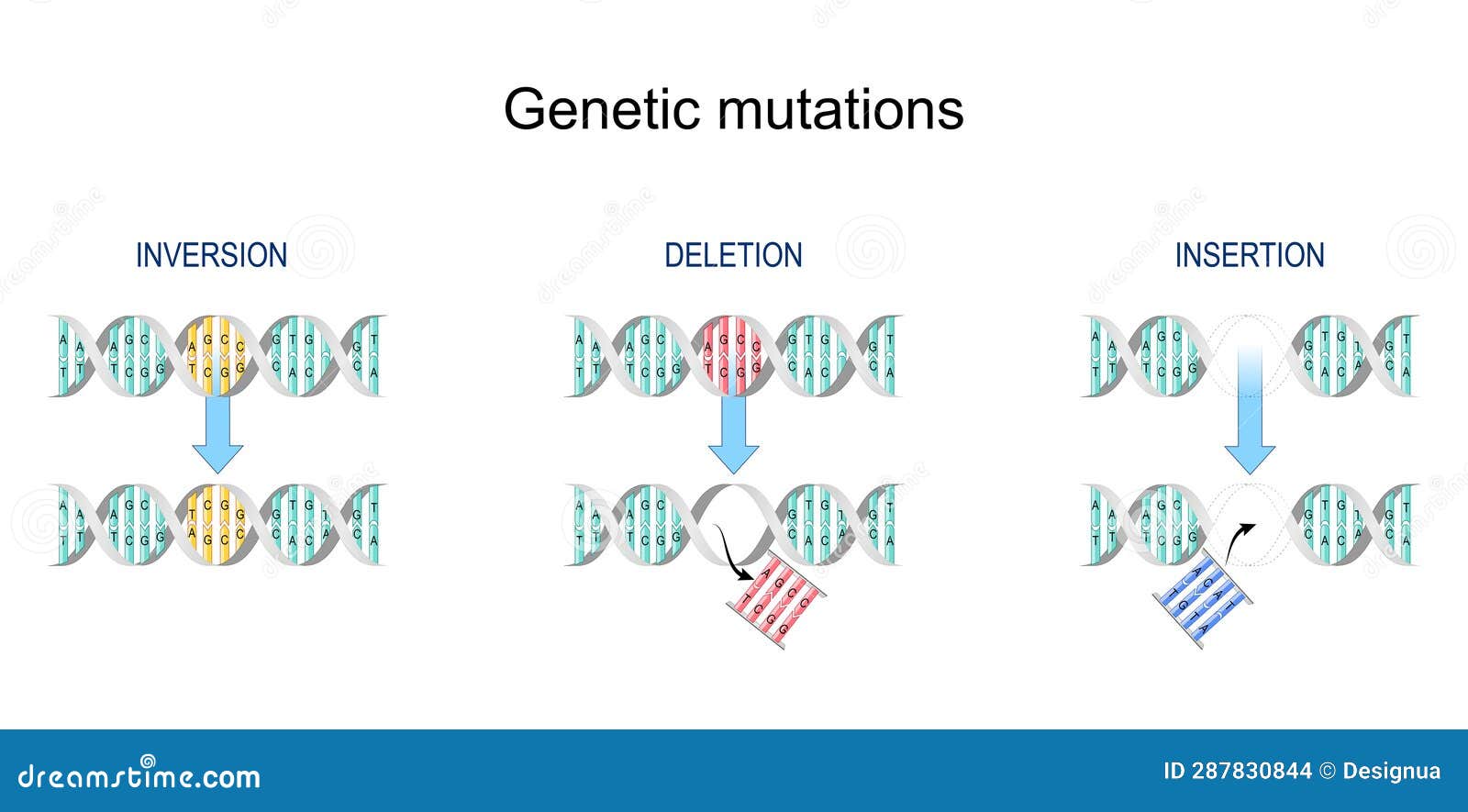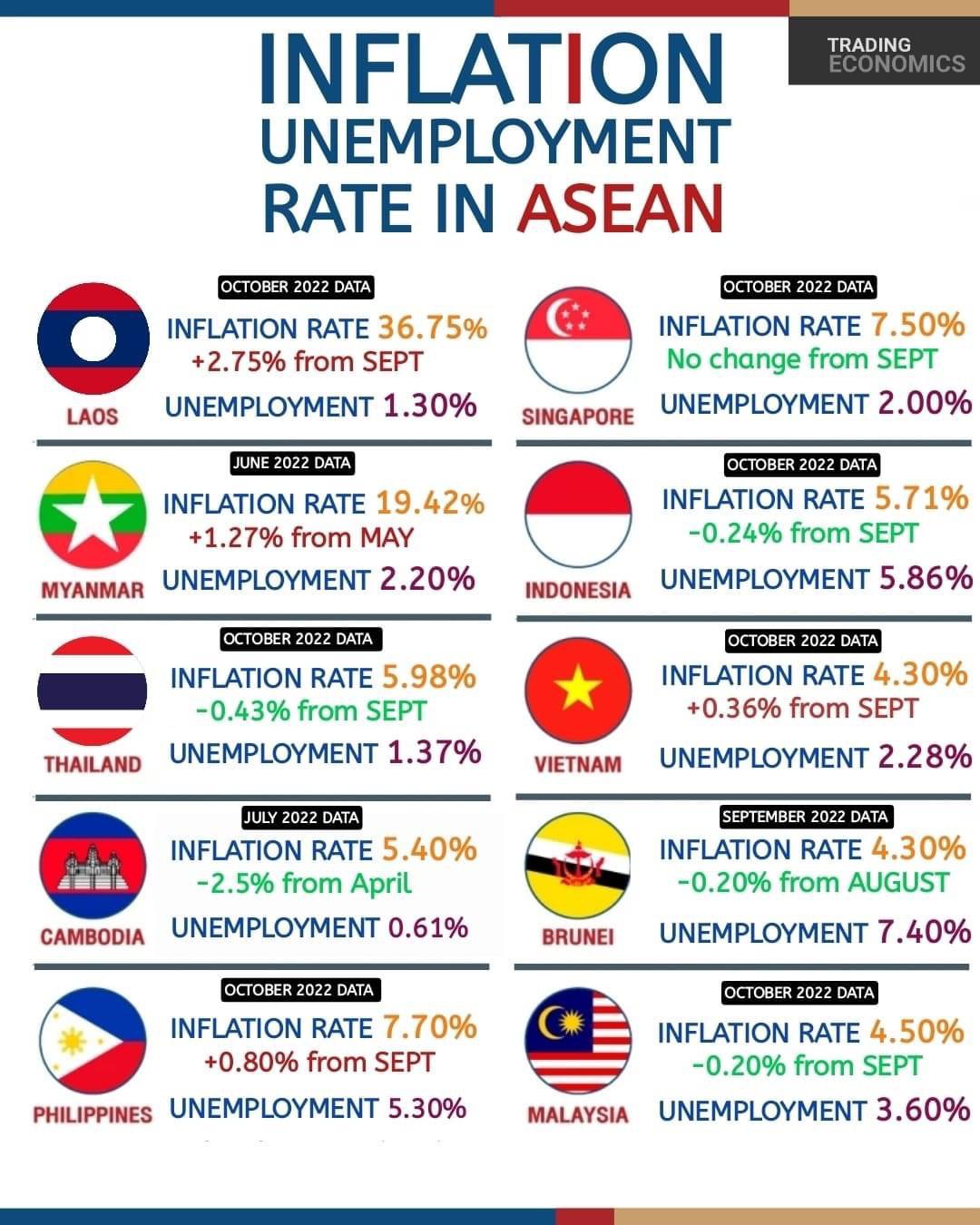Complete Gene Insertion: An Advanced Gene Editing Approach

Table of Contents
Mechanisms of Complete Gene Insertion
Complete gene insertion relies on delivering a gene of interest into a target cell's genome, integrating it precisely at a desired location. Several methods achieve this, each with its own advantages and disadvantages.
Viral Vectors
Viral vectors, such as adeno-associated viruses (AAVs) and lentiviruses, are commonly used for gene delivery. They efficiently infect cells and integrate their genetic payload into the host genome.
-
Adeno-associated viruses (AAVs): AAVs offer high efficiency in certain tissues but have a limited cargo capacity, restricting the size of the gene that can be inserted. They are generally considered safer than other viral vectors due to their low pathogenicity.
-
Lentiviruses: Lentiviruses can carry larger genes than AAVs, but they pose a higher risk of insertional mutagenesis – the unwanted insertion of the viral vector into a gene that can disrupt its function.
The process involves producing the viral vector, packaging the gene of interest into the vector, and then infecting the target cells with the vector. The gene integrates into the host genome, becoming a permanent part of the cell's genetic material.
Non-Viral Methods
Beyond viral vectors, several non-viral methods facilitate complete gene insertion. These methods often offer improved safety profiles but may be less efficient than viral approaches.
-
Transposons: These "jumping genes" are mobile genetic elements that can move from one location to another within the genome. They can be engineered to carry the gene of interest and insert it into a specific location. However, their targeting specificity can be challenging to control.
-
CRISPR-mediated insertion: The CRISPR-Cas9 system, known for its gene editing capabilities, can also be used for precise gene insertion through homology-directed repair (HDR). A donor DNA molecule containing the gene of interest and homologous sequences flanking the target site is introduced. The CRISPR system creates a double-strand break at the target site, promoting HDR and the integration of the donor DNA.
Non-viral methods generally exhibit lower delivery efficiency compared to viral vectors but offer advantages regarding safety and the avoidance of insertional mutagenesis.
Targeting Specificity
Precise gene insertion at a desired genomic location is crucial for minimizing off-target effects and ensuring the intended outcome. Various strategies enhance targeting specificity:
-
Homology-directed repair (HDR): As mentioned above, HDR is a crucial component of precise CRISPR-mediated gene insertion. The homology arms on the donor DNA template guide the precise integration of the new gene.
-
Guide RNA design: In CRISPR systems, the guide RNA (gRNA) determines the target site. Careful design of gRNAs is crucial for maximizing on-target activity and minimizing off-target effects. Computational tools and multiple gRNA screening are often employed to optimize this process.
Applications of Complete Gene Insertion
Complete gene insertion holds immense potential across diverse fields:
Gene Therapy
Complete gene insertion offers a powerful approach to treating genetic disorders caused by gene mutations or deletions. This technique allows for the introduction of a functional copy of the mutated gene, restoring normal function.
-
Cystic fibrosis: Gene therapy using complete gene insertion aims to introduce a functional copy of the CFTR gene into lung cells to correct the defect causing cystic fibrosis.
-
Hemophilia: Complete gene insertion can introduce the gene for clotting factors into liver cells, addressing the deficiency causing hemophilia.
Biomedical Research
Complete gene insertion is an invaluable tool in basic research:
-
Creating transgenic animals: Introducing genes into animal models allows researchers to study gene function and model human diseases.
-
Studying gene regulation: Inserting reporter genes allows the investigation of gene expression patterns and regulatory elements.
Synthetic Biology
Complete gene insertion enables the construction of engineered cells with novel functions:
-
Biomanufacturing: Engineering cells to produce valuable compounds like pharmaceuticals or biofuels.
-
Bioremediation: Creating microorganisms capable of degrading pollutants.
Challenges and Future Directions of Complete Gene Insertion
Despite its potential, complete gene insertion faces several challenges:
Efficiency and Safety
Improving the efficiency and safety of complete gene insertion remains a key goal.
-
Reducing off-target effects: Minimizing unintended insertions into the genome is critical for safety.
-
Improving delivery efficiency: Enhancing the delivery of the gene of interest to target cells is crucial for maximizing therapeutic efficacy.
Ethical Considerations
The ethical implications of complete gene insertion, particularly in human applications, require careful consideration.
-
Germline editing: Introducing modifications that are heritable raises significant ethical concerns.
-
Unintended consequences: The long-term effects of complete gene insertion require thorough investigation and careful monitoring.
Technological Advancements
Ongoing research and technological advancements hold the promise of overcoming current limitations:
-
Novel delivery systems: Developing new and improved gene delivery methods.
-
Advanced targeting strategies: Refining techniques to enhance the precision and specificity of gene insertion.
Conclusion
Complete gene insertion represents a powerful advancement in gene editing, offering a precise and versatile approach to introducing new genes into the genome. While challenges remain in terms of efficiency, safety, and ethical considerations, ongoing research and technological advancements promise to further refine this technique and unlock its vast potential across biomedical research, gene therapy, and synthetic biology. To stay updated on the latest breakthroughs in this exciting field, continue exploring the advancements in complete gene insertion and its diverse applications.

Featured Posts
-
 Virtual Venue De Ticketmaster Experiencia Inmersiva Para La Compra De Boletos
May 30, 2025
Virtual Venue De Ticketmaster Experiencia Inmersiva Para La Compra De Boletos
May 30, 2025 -
 Manchester United Midfielder Bruno Fernandes Subject Of Al Hilal Bid
May 30, 2025
Manchester United Midfielder Bruno Fernandes Subject Of Al Hilal Bid
May 30, 2025 -
 Will Bruno Fernandes Leave Manchester United For Real Madrid Transfer Rumours
May 30, 2025
Will Bruno Fernandes Leave Manchester United For Real Madrid Transfer Rumours
May 30, 2025 -
 New Russia Sanctions Trump Expresses Skepticism
May 30, 2025
New Russia Sanctions Trump Expresses Skepticism
May 30, 2025 -
 Inflation And Unemployment A Double Threat To Economic Stability And Certainty
May 30, 2025
Inflation And Unemployment A Double Threat To Economic Stability And Certainty
May 30, 2025
Latest Posts
-
 Zverev Loses To Griekspoor At Indian Wells Masters
May 31, 2025
Zverev Loses To Griekspoor At Indian Wells Masters
May 31, 2025 -
 Griekspoor Stuns Zverev In Indian Wells Second Round
May 31, 2025
Griekspoor Stuns Zverev In Indian Wells Second Round
May 31, 2025 -
 Zverevs Indian Wells Run Ends Griekspoor Upsets Top Seed
May 31, 2025
Zverevs Indian Wells Run Ends Griekspoor Upsets Top Seed
May 31, 2025 -
 Griekspoor Stuns Top Seed Zverev In Indian Wells
May 31, 2025
Griekspoor Stuns Top Seed Zverev In Indian Wells
May 31, 2025 -
 Covid 19 Case Surge World Health Organization Investigates New Variant
May 31, 2025
Covid 19 Case Surge World Health Organization Investigates New Variant
May 31, 2025
